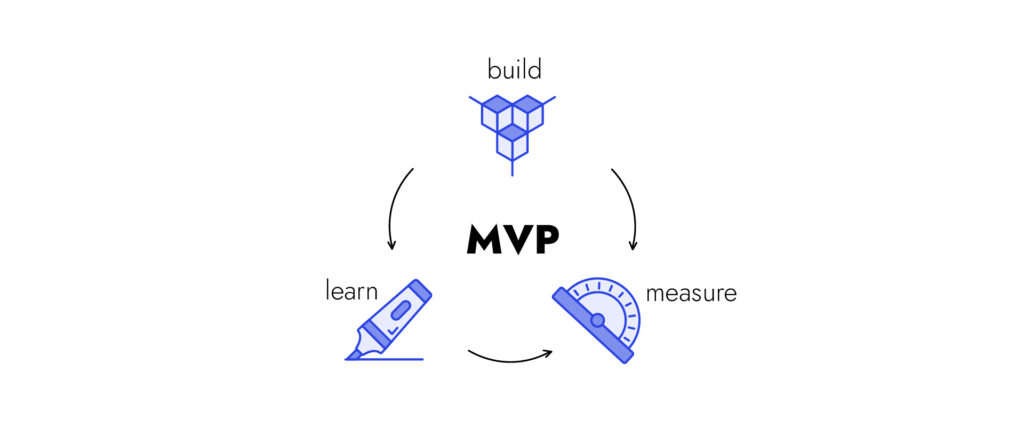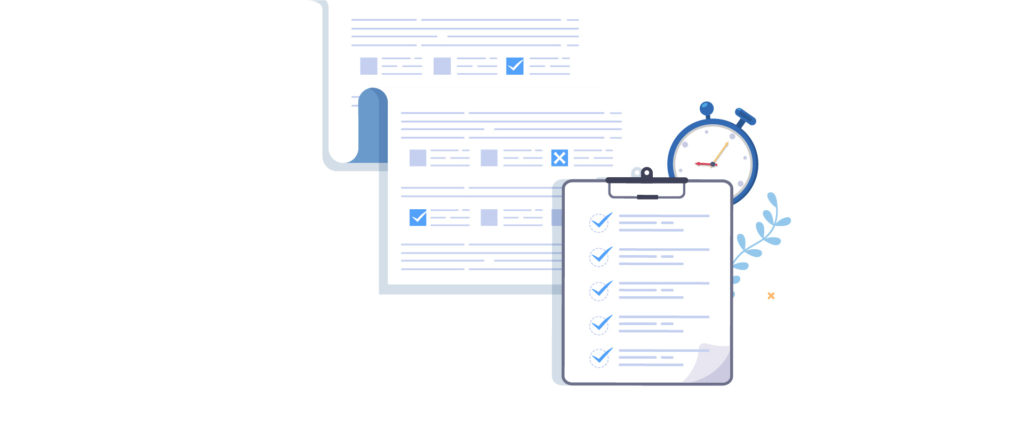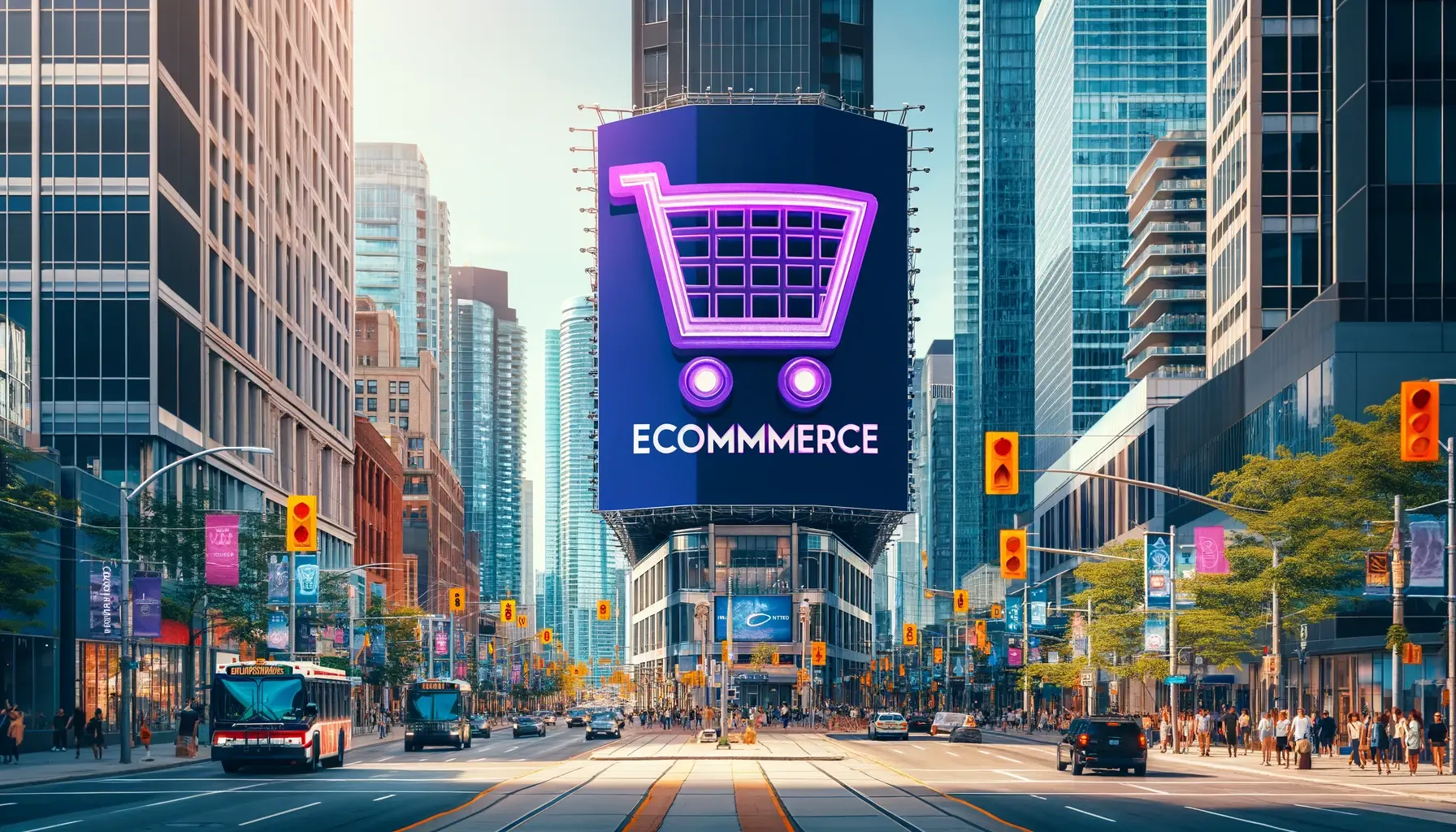Are you always on the lookout for new ways to manage your eCommerce effectively and strengthen your online presence? If you’re one of those entrepreneurs constantly chasing process improvement, we’re here to help!
Today businesses – both small and large – must enhance their operations to save valuable resources – time, personnel, and finances – to remain competitive.
One effective method for achieving this is the lean approach, which is widely applied across various industries. In this article, we will explore how lean methodology can be utilized in eCommerce and uncover strategies that can significantly transform your business.
What is Lean Ecommerce Business?
Lean eCommerce refers to the application of lean principles within the eCommerce sector: cut out waste and concentrate on tasks that benefit your clients. This means eliminating pointless features, streamlining processes, and always seeking methods to increase productivity.
Fundamentally, lean eCommerce encourages companies to concentrate on adding value. This means putting client needs foremost, focusing on those, and neglecting anything that is secondary and can wait. Identifying the client’s genuine needs is crucial in this process. Every action in lean eCommerce should be effective and efficient so as not to waste any resources. The ultimate goal is to streamline eCommerce processes to promote sales and customer experience.
Example:
Imagine a congested user experience caused by an overabundance of product categories at an online clothing store. The website is difficult for customers to browse, which raises bounce rates and decreases revenue. The store may eliminate failing categories and concentrate on a more limited selection of well-liked products by implementing lean eCommerce concepts.
Lean eCommerce vs. Dropshipping
While lean eCommerce focuses on maximizing efficiency and reducing waste, another popular model to consider is dropshipping. When comparing lean eCommerce vs. dropshipping, the key difference lies in their operational approaches: lean eCommerce emphasizes streamlined processes and optimizing resources, whereas dropshipping allows businesses to sell products without holding inventory. Both models have their advantages, and choosing the right one depends on your business goals and resources.
Lean Ecommerce Strategies
1. Start with a Minimum Viable Product (MVP)
Before diving headfirst into a full-scale eCommerce launch, consider adopting lean eCommerce strategies by developing an MVP. An MVP allows you to introduce a basic version of your product to the market, enabling you to gather valuable customer feedback. This approach aligns with lean agile marketing, which emphasizes quick, iterative improvements based on real-time data and customer insights, optimizing your product before scaling.
Why Does It Matter?
Launching an MVP helps you understand customer preferences and market demands without overcommitting resources. This continuous process ensures that you’re creating a product that meets real needs.
Action Steps
- Identify Core Features: Determine which features are essential to your product. Focus on those that address the primary pain points of your target audience.
- Gather Feedback: For gathering feedback, the best methods are using surveys, focus groups, or direct conversations with early users to understand what they like and what can be improved. Tools like Typeform or Google Forms can facilitate this process.

2. Use Cost-Effective Marketing Channels
For small businesses practicing lean eCommerce, cost-effective marketing channels are crucial to driving traffic and sales without straining the budget. By focusing on strategies that provide maximum value for minimal cost, businesses can attract and retain customers while keeping expenses low.
- Social Media
Social media platforms like Instagram, Facebook, and TikTok offer a wide reach and high engagement potential, making them ideal for small businesses. With the ability to create visually appealing content, you can showcase your products, share customer stories, and engage with followers in real time. Social media stories, reels, and posts allow for creative product displays without the need for high-cost production.
Digi Tip: Partnering with micro-influencers or brand advocates can boost your reach at a lower cost than traditional ads. Their authentic recommendations often drive higher engagement and trust. Small businesses can minimize costs by offering free products or bartering for promotion.

- Email Marketing
One of the most affordable marketing strategies for small businesses is still email marketing. Creating and managing an email list allows you to get in touch with your audience directly and offer them tailored communications that encourage brand loyalty. You may notify your clients about future promotions, new product releases, and exclusive deals by sending them newsletters on a regular basis.
Digi Tip: Divide your email list into segments based on customer behaviour, preferences, or purchase history. This enables you to send targeted emails that resonate more with specific groups, increasing the chances of conversion.
Maximize your marketing potential with effective eCommerce solutions tailored to your business needs. Let’s work together to create a lean eCommerce strategy that delivers real results.
Get started now!
- Search Engine Optimization (SEO)
A long-term, low-cost method of raising your website’s exposure on search engines like Google is SEO. You may get organic traffic to your website without spending money on advertisements by optimizing it for relevant keywords. Investing in technical SEO (ensuring quick load times and mobile compatibility) and on-page SEO (keyword-optimized blog articles, meta tags, and product descriptions) may raise your search engine rating and draw in more traffic.
Digi Tip: Focus on long-tail keywords — specific phrases that target niche audiences. These keywords often have lower competition, making it easier to rank higher on search engines and attract more qualified traffic to your website.
- Content Marketing
Provide engaging, educational, or entertaining information that your audience will find worthwhile. User-generated material, product tutorials, how-to manuals, and blog pieces can all fall under this category. Quality content boosts your SEO efforts, generates organic traffic, and establishes brand authority. Maintaining a consistent and genuine voice can often be sufficient to keep your audience interested, without the need to invest in costly video or high-end photography.
Digi Tip – Repurpose your content across multiple platforms — turn a blog post into a social media post, email newsletter, or video. This maximizes the reach of your content and ensures consistent messaging without the need to create new material from scratch.
3. Optimize Your Website for User Experience
A well-designed website is crucial for converting visitors into customers. A poor user experience can lead to high bounce rates and lost sales.

Key Features
- Clear Navigation: Organize products into intuitive categories. Use a simple menu layout that allows customers to find what they’re looking for easily.
- Mobile Responsiveness: With many shoppers using mobile devices, ensure your site is mobile-friendly. Test your website on different devices to guarantee a seamless experience.
- Fast Loading Times: Optimize images and minimize unnecessary plugins to ensure your site loads quickly. A delay of even a few seconds can lead to lost sales.
Action Steps
- Conduct Usability Testing: Gather a small group of users to navigate your site and provide feedback on their experience.
- Utilize A/B Testing: Experiment with different layouts and features to see what drives the most conversions.
4. Leverage Data Analytics
Understanding customer behaviour is essential for refining your eCommerce strategy. By using data analytics, you can make informed decisions that align with market demands.

Action Steps
- Set Up Google Analytics: This free tool provides insights into website traffic, user behaviour, and conversion rates. Use it to track the effectiveness of your marketing efforts.
- Monitor Sales Trends: Determine the goods that are selling well and those that aren’t. Your marketing strategy and inventory choices can be informed by this data.
5. Implement a Loyalty Program
Encouraging repeat purchases is key to sustainable growth. A well-designed loyalty program can incentivize customers to return to your store.

Benefits
- Increased Customer Retention: Rewarding customers for their loyalty encourages them to make more purchases.
- Brand Advocacy: Satisfied customers are more likely to recommend your business to others, helping you gain new customers.
Action Steps
- Define Reward Structures: Determine how customers can earn rewards—whether through points for purchases, referrals, or social media engagement.
- Promote Your Program: Make sure customers know about the loyalty program through your website, social media, and email marketing.
6. Focus on Customer Service
Outstanding customer service can differentiate your small business from larger competitors. Providing a positive experience encourages repeat business and builds brand loyalty.

Action Steps
- Train Your Team: Ensure your staff is well-trained in customer service best practices. A friendly, knowledgeable team can make a significant difference.
- Implement Multiple Support Channels: Offer various ways for customers to reach you—live chat, email, social media, and phone support. This flexibility caters to different customer preferences.
After a purchase, send follow-up emails thanking customers and inviting feedback. This demonstrates that you value their opinion and are committed to improving their experience.
7. Test and Iterate
The eCommerce landscape is constantly evolving, and staying ahead of trends is essential for success. Regular testing and iteration help you identify what works best for your business.

Action Steps
- Stay Agile: Be willing to adjust your strategies based on performance data and customer feedback. The ability to pivot quickly can give you a competitive edge.
- Use A/B Testing: Regularly test different website elements, marketing messages, and product offerings to determine what resonates best with your audience.
The culture is very important and it has to be encouraging for the team to learn and grow. You should have meetings to analyze and review benchmarks and crucial metrics and identify the changes for potential growth based on data.
Why Lean Ecommerce is Important for Small Businesses?
Any small or new business prioritizes resources like time, money, and manpower, as those are in most cases limited. Adopting a lean eCommerce approach can be a game-changer.
Here’s why lean eCommerce is so important for small businesses:
- Cost Savings: Budgets for small firms need to be properly managed. Lean eCommerce reduces unnecessary costs by concentrating solely on tasks that benefit the client. Businesses can reduce operational expenses and put those savings back into expansion by getting rid of features, procedures, or inventories that aren’t absolutely essential.
- Maximizing Resources: Small enterprises must maximize their resources because they have fewer staff members and tighter finances. Businesses are encouraged by lean eCommerce to automate monotonous chores and simplify processes in order to free up time for more strategic endeavours.
- Faster Decision-Making: Small companies have to be flexible in a cutthroat industry. A continuous improvement approach is encouraged by lean eCommerce, which enables companies to act quickly by using real-time data and client feedback to inform choices.
- Improved Customer Experience: In eCommerce, customer experience is everything. Lean eCommerce emphasizes making the shopping process as simple and enjoyable as possible. For small businesses, this is a great way to stand out from larger competitors.
- Flexibility and Adaptability: Markets change, and small businesses need to adapt quickly to survive. Lean technique allows businesses to remain flexible by managing processes and making improvements. Whether it’s updating your product lineup, adjusting your marketing strategy, or optimizing your supply chain, lean eCommerce ensures that your business can pivot efficiently when needed.
- Increased Profit Margins: By reducing waste and improving efficiency, lean eCommerce can lead to higher profit margins. Small businesses often operate on tight margins, so finding ways to save costs without sacrificing quality is key to success.
- Scaling Smartly: For small businesses, scaling up can be daunting. Lean eCommerce helps businesses scale sustainably, avoiding the common pitfalls of rapid expansion. By focusing on core competencies and continuously improving operations, businesses can grow without overextending themselves.
Smart lean eCommerce strategies may help small firms compete with the larger players. You may create a long-lasting and strong online presence by concentrating on what clients want, eliminating wasteful spending, and using data to inform choices.




